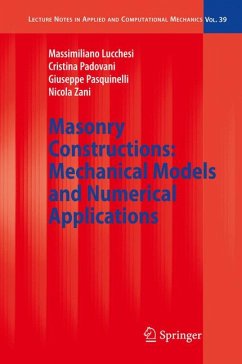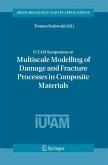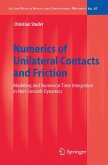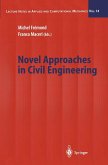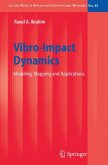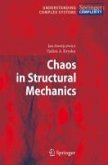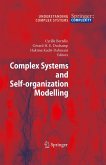This monograph firstly provides a detailed description of the constitutive equation of masonry-like materials, clearly setting out its most important features. It then goes on to provide a numerical procedure to solve the equilibrium problem of masonry solids.
A large portion of the work is devoted to examples and applications. After solving some simple equilibrium problems, for which the explicit and numerical solutions are compared, three cases dealing with the statics of important monuments are then presented. The numerical modeling yields essential information on the stress field and crack distribution, and enables assessing the effects of strengthening operations. Lastly, a ladle employed in the iron and steel industry is studied, and the behavior of the refractory material lining the metallic vessel characterized.
Dieser Download kann aus rechtlichen Gründen nur mit Rechnungsadresse in A, B, BG, CY, CZ, D, DK, EW, E, FIN, F, GR, HR, H, IRL, I, LT, L, LR, M, NL, PL, P, R, S, SLO, SK ausgeliefert werden.

